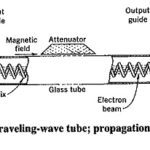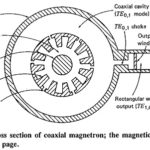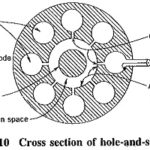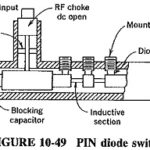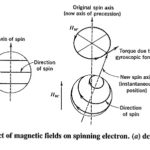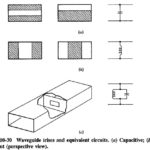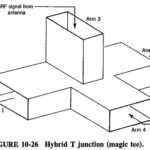Microwave Tubes and Circuits Articles
Microwave Tubes and Circuits Articles: Triode Equivalent Circuit: As frequency is raised, vacuum tubes suffer from two general kinds of problems. The first is concerned with interelectrode capacitances and inductances,…
